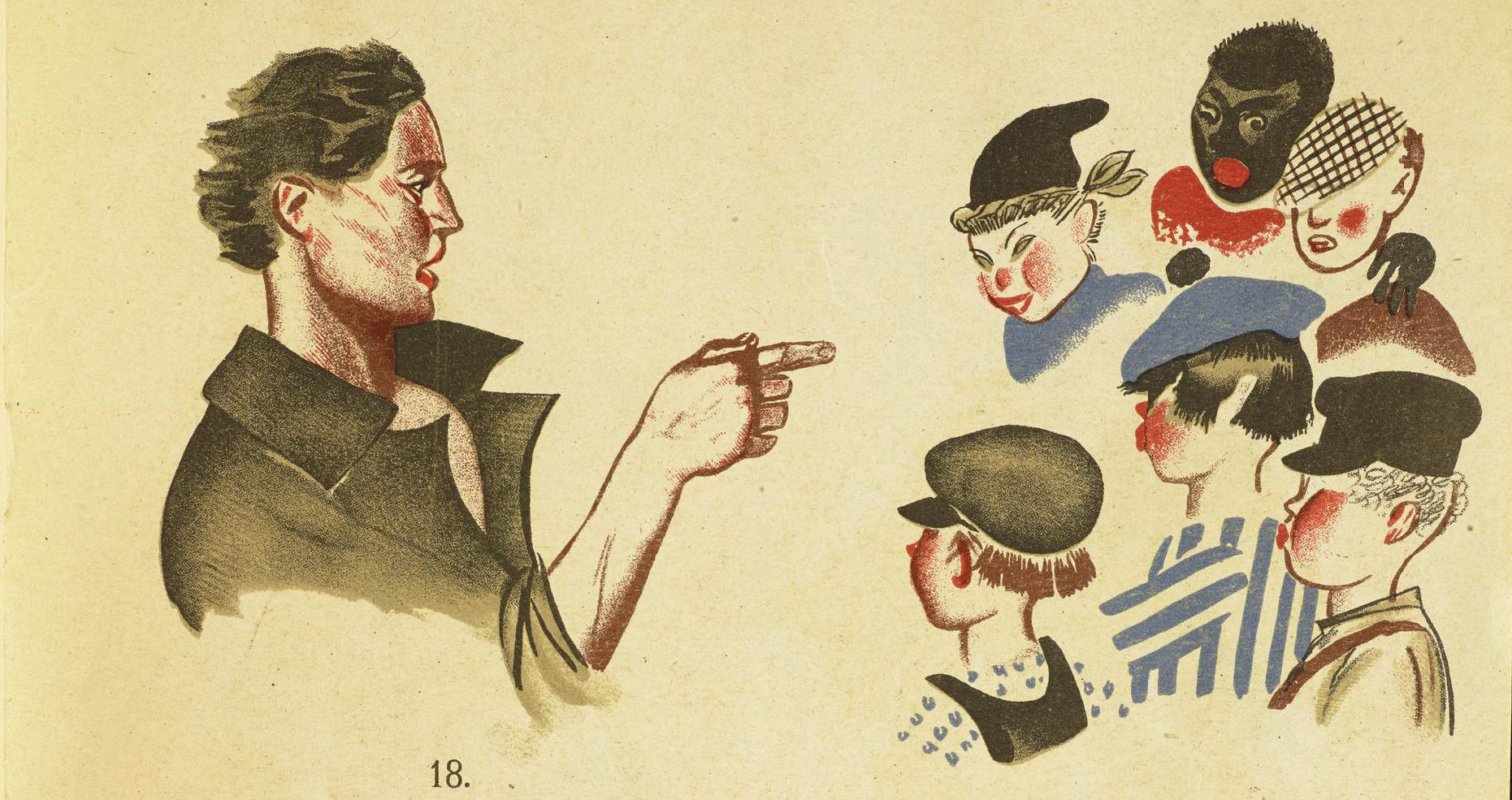 Children of the early Soviet era lived in an era tense with historical eventfulness. Soviet children’s literature not only made young readers aware that they were the heirs of the earth-shattering transformations of the revolutionary epoch, it called upon them to participate actively in revolutionary reorganization of society, up to and including the momentous labors of the first five-year plan. Yet the sense of historical temporality was itself undergoing rapid change in Soviet society during this era, as is reflected in the visual and textual representations of temporality and historical event in Soviet children’s literature.
Children of the early Soviet era lived in an era tense with historical eventfulness. Soviet children’s literature not only made young readers aware that they were the heirs of the earth-shattering transformations of the revolutionary epoch, it called upon them to participate actively in revolutionary reorganization of society, up to and including the momentous labors of the first five-year plan. Yet the sense of historical temporality was itself undergoing rapid change in Soviet society during this era, as is reflected in the visual and textual representations of temporality and historical event in Soviet children’s literature.
From the start of the 1920s, images of revolution and revolutionary activism in picture books and illustrated children’s literature are charged with  the dynamism of revolutionary struggle between the recognizable negative spaces of past society and the open horizons of a future that appears radically undefined and filled with possibility.
the dynamism of revolutionary struggle between the recognizable negative spaces of past society and the open horizons of a future that appears radically undefined and filled with possibility.
At the end of the 1920s and into the 1930s, however, a different mode began to dominate visual representation for children of historical event and social transformation. Especially in relation to the topic of socialist construction during the first five year plan, temporality gains lucidity and definition in images of known futures to be constructed by means of plans and programs, measured in charts and graphs, and situated in maps.
This contribution will describe the changing phenomenology of historical temporality via examination of representations of historical event and process for Soviet children.
Poret, illustration for Kak pobedila revoliutsiia, 2nd ed. (Moscow: Gosudarstvennoe izdatel’stvo, 1930).
Laptev, illustration for Piatiletka (Moscow: Gosudarstvennoe izdatel’stvo, 1930).
Kustodiev, illustration for Detiam o Lenine (Moscow: Gosudarstvennoe izdatel’stvo, 1926).

